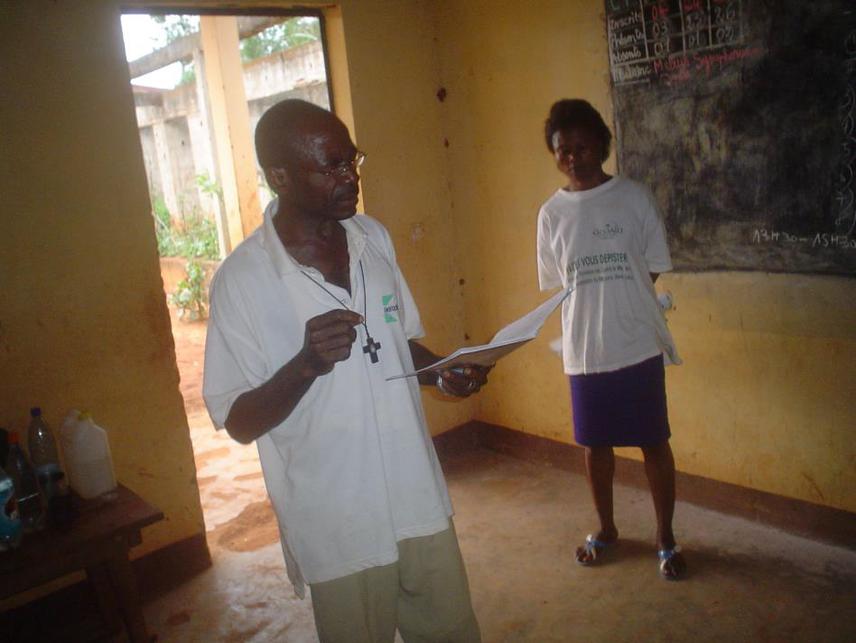Chuenu Linus Makazi
Other projects
6 Feb 2012
The Impacts of Mineral Exploitation and Associated Trade on Wildlife in the Dja-Boumba Mining Area - East Cameroon
8 May 2013
The Impacts of Mineral Exploitation and Associated Trade on Wildlife in the Dja-Boumba Mining Area, East Cameroon, Republic of Cameroon
The main aim is to survey the mining environment and assess the destruction and levels of threat of wildlife species in the area. Integrate mining activities and wildlife utilization for sustainable development.
The Dja Faunal Reserve of Southeast Cameroon has the only remaining large block of unlogged forest in the country but the sale of mining permits there is on the rise.
In addition, a rich source of cobalt and nickel was discovered by Geovic Company Ltd in part of this forest, called Nkamouna, and there are several other mineralized areas at the periphery of this reserve. This formerly uninhabited zone has diverse and abundant populations of wildlife. The stages of mining and infrastructure development by Geovic Ltd at the periphery of Dja World Heritage Site has caused fauna habitat destruction, unsustainable harvesting of wildlife by the influx of poachers and fortune seekers, and conflicts on resources management (Martha et al 1997).

The Dja Biosphere Reserve is of outstanding conservation interest for a multitude of reasons. For example, the area supports unusually high densities of forest mammals, particularly amongst the so-called “charismatic megafauna” such as forest elephants (Loxodonta africana cyclotis), western lowland gorilla (Gorilla gorilla gorilla), chimpanzees (Pan troglodytes troglodytes), bongos (Tragelaphus euryceros) and forest buffaloes (Syncerus caffer nanus), Leopard (Panthera pardus) and sitatunga (Tragelaphus spekei). Moreover, many other species internationally recognized as endangered still thrive in this forest, although they are increasingly threatened by unsustainable exploitation and habitats destruction from industrial mining (Niang et la., 2006; McConville, 2008).
The clearing of 1600km² of forest yearly for 25 years by Geovic mining company will accelerate the rate of deforestation in the World Heritage Site, which will also have a critical effect on wildlife habitats and global climate change. It is likely that the only Cameroon World Heritage site will ultimately be degraded and depleted of fauna.
This research project examines the effects of mining activities on wildlife values, the level of threats caused by human activities (pressures) to wildlife species, current status of wildlife populations and trends and derives recommendations for the appropriate implementation of wildlife policies, legislations and to mitigate the impacts of mining and associated human activities on wildlife species in the area.
The research wishes to develop and promote practices for integrating wildlife conservation into upstream mining development. Since both mining and wildlife are vital to us, is it not a challenge to our ingenuity to discover a way of preserving the goose that lays golden eggs? Addressing and resolving these major issues significantly motivated this work.